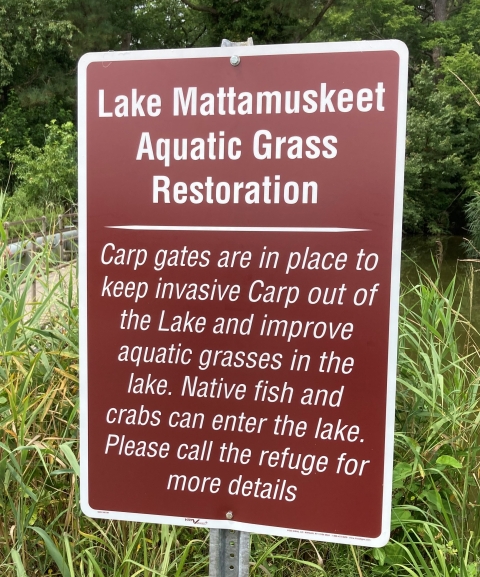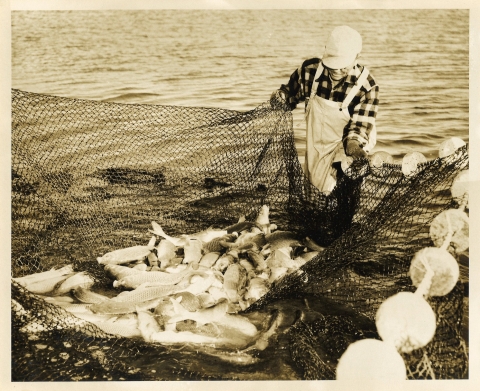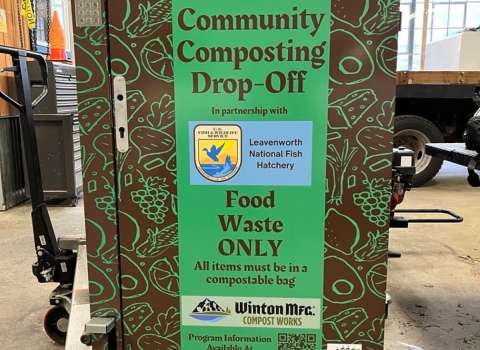Better days are coming for anglers as huge quantities of common carp will soon be out of the way in Lake Mattamuskeet in Eastern North Carolina.
Thanks to a $1 million grant from the Bipartisan Infrastructure Law Bipartisan Infrastructure Law
The Bipartisan Infrastructure Law (BIL) is a once-in-a-generation investment in the nation’s infrastructure and economic competitiveness. We were directly appropriated $455 million over five years in BIL funds for programs related to the President’s America the Beautiful initiative.
Learn more about Bipartisan Infrastructure Law , large numbers of common carp will soon be removed from the popular fishing spot. Freshwater fish found in Lake Mattamuskeet include largemouth bass, crappie, catfish, sunfish and striped bass.
“Lake Mattamuskeet is the centerpiece of Hyde County,” said Kendall Smith, refuge manager at Mattamuskeet National Wildlife Refuge. “It has provided a prime source of outdoor recreation for years and continues to be treasured even in its impaired state.”
Invasive carp, like those in Lake Mattamuskeet, compete with native fish for the natural resources and destroy the natural aquatic habitat. Carp degrade water quality by muddying the waters and uprooting aquatic plants. Their destruction also negatively impacts migratory wintering waterfowl that feed on the plants.
The U.S. Fish and Wildlife Service has partnered with the North Carolina Wildlife Resources Commission to get rid of the carp, whose activity blocks sunlight the underwater plants need to grow and uproots necessary vegetation for other wildlife. Several years ago, barriers were installed at the lake's four tide gates to keep adult carp from entering the lake. Now, the ones still in the lake must go.
The Service awarded WSB the contract to clear approximately 1 million pounds of carp from Lake Mattamuskeet. During a similar large-scale carp removal effort in the 1940s and 1950s, large haul seines, baited traps and pound nets were used successfully. Another approach, known as the modified unified method, utilizes large seines and herding methods to move carp into nets successfully. Once netted, carp are extracted from the lake. WSB will utilize a combination of these removal methods.
The Bipartisan Infrastructure Law investment will improve the natural environment of the 40,000-acre Lake Mattamuskeet and four outlet canals. Combatting aquatic invasive species invasive species
An invasive species is any plant or animal that has spread or been introduced into a new area where they are, or could, cause harm to the environment, economy, or human, animal, or plant health. Their unwelcome presence can destroy ecosystems and cost millions of dollars.
Learn more about invasive species , like the carp in Lake Mattamuskeet, protects wildlife, improves water quality, supports the community and restores the natural ecosystem and habitat.
“Removing a large amount of the carp and keeping the population low will improve water quality by increasing sunlight and decreasing the sediment they stir up, which clouds the water,” Smith said. “Better water quality will allow underwater plants to grow, providing a healthier habitat for birds and fish and a better experience for our neighbors and friends who enjoy Lake Mattamuskeet.”






